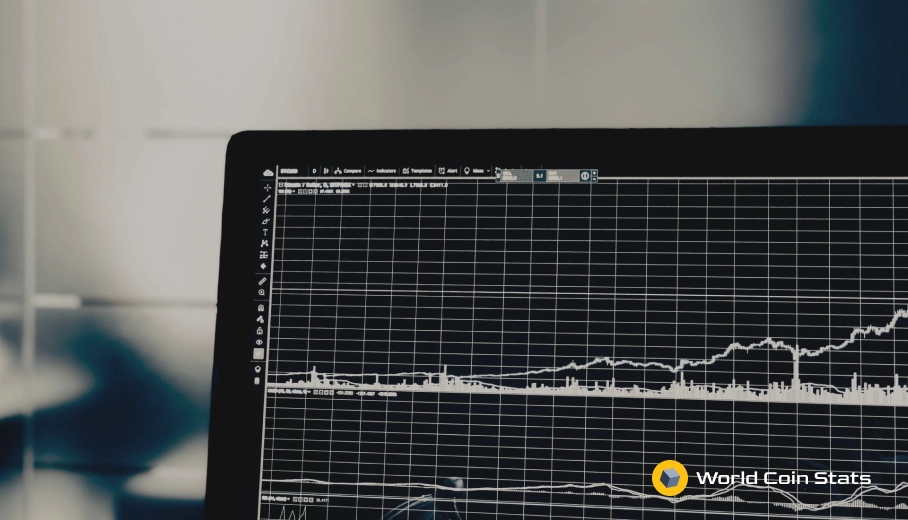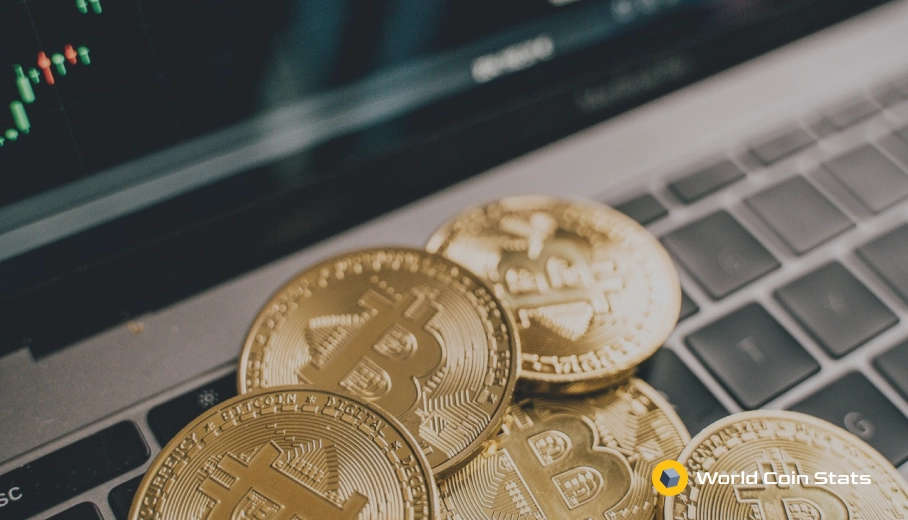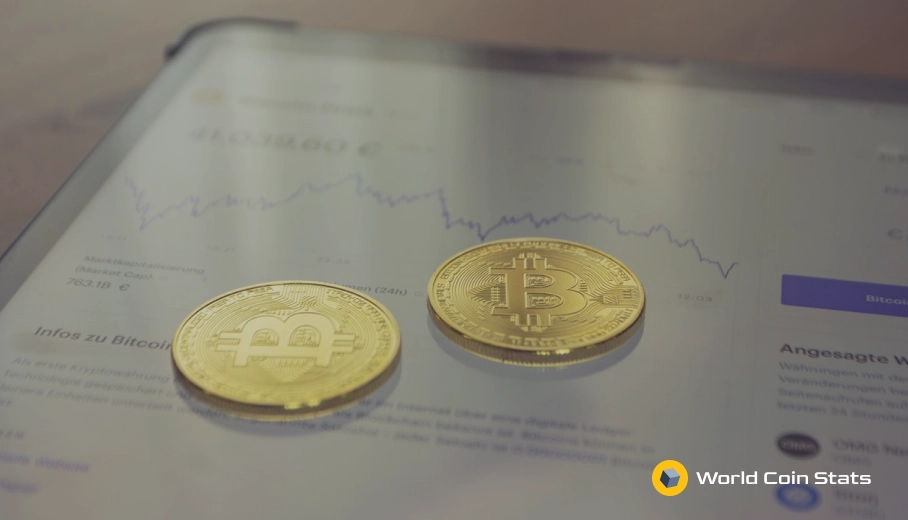The Problems with the Stock-to-Flow model to value BTC
The stock-to-flow model is a valuation model created by an anonymous Dutch investor on Twitter. It has gained popularity amongst the cryptocurrency crowd as a way to predict the future of bitcoin.
Unfortunately, there are a lot of problems with the stock-to-flow model for predicting the price of bitcoin. In fact, we do not even believe it as an accurate model for predicting the price.
This article will explain the problems with using stock-to-flow to predict the price of bitcoin or any other cryptocurrency that operates in a similar manner.
The Basics of Stock-to-flow Explained
The original paper describing stock-to-flow to predict bitcoin’s price, Modeling Bitcoin Value with Scarcity, can be found here.
The basics are that PlanB, the author of the paper, concludes that gold and other precious metals like silver have maintained an increasing price solely because the new supply is small enough that it has no impact on the price of gold.
Why?
PlanB postulates that it’s because gold has so much existing supply that the relatively small increases in supply have no impact on the price. This ratio is called the stock-to-flow ratio.
It’s the existing stock compared to the new supply of any commodity.
Now, this makes sense on the surface. If a massive gold mine were to be discovered, then the price of gold would surely decrease in price.
However, PlanB takes this a step further and places bitcoin’s stock-to-flow on the x-axis and the market capitalization of bitcoin (denominated in USD) on the y-axis and plots it.
He then linearly regresses the logarithm of bitcoin’s stock-to-flow with the market cap of bitcoin.
Finally, the final conclusion reached is that the market cap of bitcoin closely follows the stock-to-flow of bitcoin. Of course, the prediction model for the price of bitcoin?
A $1 trillion market cap for bitcoin after the May 2020 halving.
That is a very basic summary of PlanB’s stock-to-flow model for predicting the price of bitcoin. We did leave some of the more complex mathematical information out for brevity, but the above summary offers enough of the basics that the average person can still understand the model.
The next section will cover some of the problems with the model. We will also offer some of the benefits of the model because, well, PlanB was right with his prediction.
The Problems with Stock-to-Flow for Valuing Bitcoin
There are a few major problems with this model for valuing bitcoin. However, we do admit that the model did correctly predict the short term price of bitcoin, so it has some use. With that said, here are some of the problems.
Market Cap is Derived from Supply
The first major problem with the stock-to-flow model as described by PlanB is that he assumes that the market cap is derived from supply.
Sure, the market cap of a commodity is obviously impacted by the supply, but that is not what PlanB proposed.
Instead, PlanB theorizes that the market cap is solely determined by the supply. And the only evidence he has is that two random prices of gold and silver line up on the linear regression line.
For those that do not know, the price of a commodity is determined by supply and demand. If demand increases (or stays the same) and supply decreases, then the price of the commodity will increase. And that is how bitcoin operates because the new supply of bitcoin decreases every four years.
The problem with this assumption?
Stock-to-flow has had no correlation with the price of gold for over 100 years, so stating the stock-to-flow impacts the price has little value in our opinion.
Again, we do admit that this is a better method to help the price increase, but basing an entire valuation model of a wrong assumption is not wise.
Stock-to-Flow Does Not Impact Price
Again, stock-to-flow of gold has been plotted with gold and has had no impact on the price.
This leads to the conclusion that there is more to the price of a commodity than the stock-to-flow ratio.
Of course, this is not a wild conclusion to reach. Many things impact the price of a commodity, especially in the case of highly speculative commodities like bitcoin and gold that rely on hype.
It’s also important to note that capital flows into commodities during inflation, and there has been a lot of inflation since the COVID pandemic.
Infinite Bitcoin Price
Bitcoin’s stock-to-flow ratio will eventually reach 0. In that case, what would the stock-to-flow predict about its price?
The price would reach infinity. Even before that, the price would reach astronomical levels like $235 billion in 2045.
Of course, PlanB did not use stock-to-flow to state the long-term price of bitcoin, so we won’t use this point to attack the model too much. But it’s worth pointing out the problem with a model that says one thing in the short term, but says something completely different in the long term.
Statistics Can Lie
Finally, the problem with any statistical model used to predict the price is that statisticians can manipulate numbers in different ways to reach a desired conclusion.
This is apparent with PlanB’s model because he chooses random points to validate his conclusion. Furthermore, a high r-squared value does mean that the linear regression lines up in the past, but it is not indicative of future results.
But Stock-to-Flow Correctly Predicted The Price of Bitcoin!
Another important point to mention is that stock-to-flow did correctly predict the current price of bitcoin. The price exceeded $50,000 and the market cap did surpass $1 trillion.
However, the correlation between the price of bitcoin and the stock-to-flow model does not necessarily mean the model matched up.
It’s a similar occurrence as using astrology to successfully “predict” the price of bitcoin. Did the order of the stars cause the price of bitcoin?
Possible, but not likely. It’s more likely that two seemingly unrelated events happened to occur at the same time.
Final Thoughts
Well, that covers it for the problem with using stock-to-flow to predict the price of bitcoin. We do want to emphasize that stock-to-flow is not inherently wrong – it does have some merit for increasing the price of bitcoin.
The problem comes along when one uses it as the sole metric to measure the future price of bitcoin.
Finally, it does appear that bitcoin will rise in price in the future, so any model that predicts bitcoin will rise in price will be more right than wrong.




